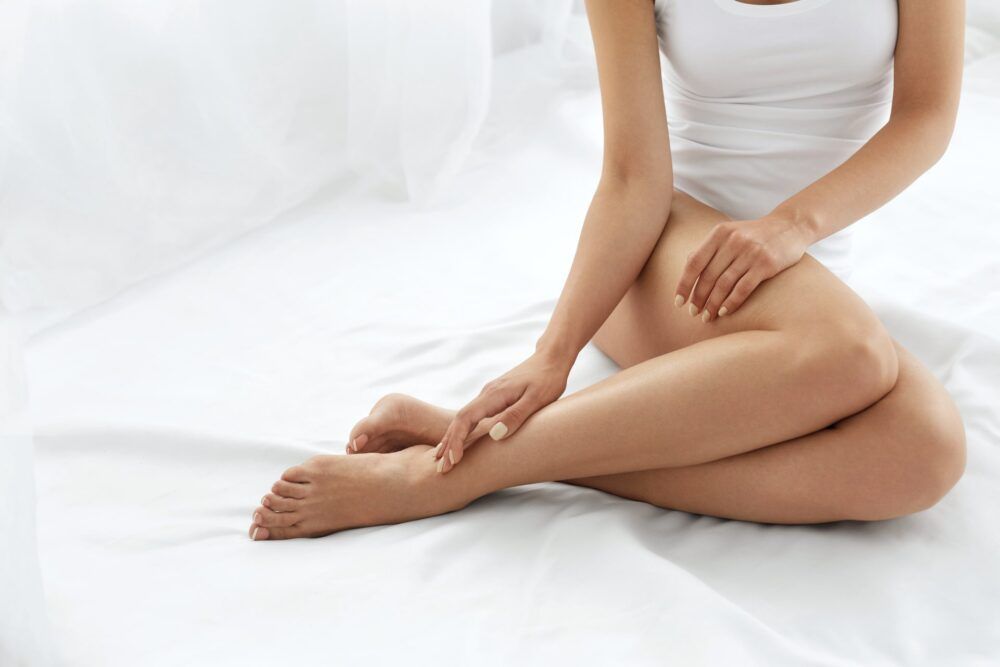Bursitis and tendinitis are inflammatory conditions that cause swelling or irritation to the bursae (bursitis) or tendons (tendinitis). Though they can occur nearly anywhere in the musculoskeletal system, each of these conditions is most likely to affect major joints in the body, such as the knee, ankle, shoulder, hip, or elbow. Joint pain and stiffness are the most common symptoms of both bursitis and tendinitis – and they may even be mistaken for evidence of arthritis.
Did you know…
that people with certain professions or hobbies are more likely to develop bursitis or tendinitis? These include individuals who regularly participate in activities that require repetitious movements. Examples include professional athletes, carpenters, and musicians.
Frequently Asked Questions
Could I be at risk for developing bursitis or tendinitis?
Nearly anyone can develop bursitis or tendinitis though it is commonly found among patients who overuse an affected joint or suffer a physical trauma. Risk factors for bursitis and tendinitis include being overweight, having poor posture, repetitious joint motions, and sitting for long periods of time.
What types of bursitis and tendinitis treatments are available?
Treatment for bursae and tendon inflammation depends on the cause of the condition. In cases where an infection is to blame for inflammation, an antibiotic will be administered to eliminate the infection and facilitate healing. Medications are available to minimize pain, and steroid injections may be useful for reducing inflammation.
Is there anything I can do to facilitate healing?
Patients with bursitis or tendinitis are encouraged to avoid repetitious movements and practice healthy posture and warm-ups during physical activity. Speak with your rheumatologist about more ways you can prevent bursitis and tendinitis in the future.











































































































































































































































































































